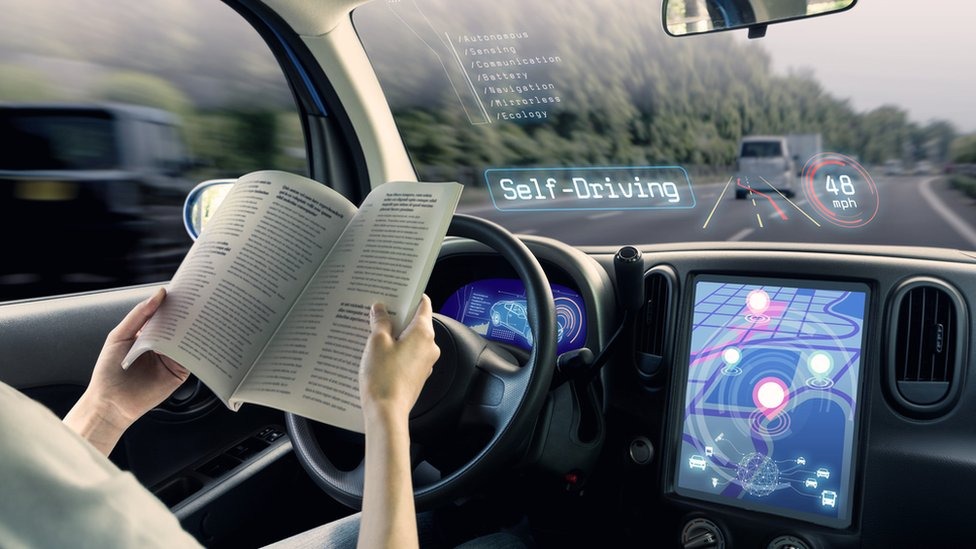“Autonomous Driving Technology: Navigating the Road to Self-Driving Cars”
Introduction:
Autonomous driving technology has emerged as a transformative force in the automotive industry, promising to revolutionize transportation by enabling vehicles to navigate roads and highways without human intervention. As the development of self-driving cars advances, stakeholders must navigate a complex road of technological innovation, regulatory challenges, and societal acceptance. This article explores the journey towards self-driving cars, examining the current state of autonomous driving technology, key advancements, and the challenges and opportunities on the path ahead.
- Understanding Autonomous Driving Technology:
- Define autonomous driving technology and its significance in reshaping the future of transportation.
- Explain the levels of autonomy, ranging from driver assistance systems to fully autonomous vehicles capable of operating without human intervention.
- Key Technological Advancements:
- Explore recent advancements in autonomous driving technology, including sensor technology, artificial intelligence algorithms, and machine learning models.
- Discuss breakthroughs in perception, decision-making, and control systems that have enabled self-driving cars to navigate complex environments and respond to dynamic traffic conditions.
- Challenges Facing Autonomous Vehicles:
- Identify the challenges and obstacles facing the widespread adoption of autonomous vehicles, such as safety concerns, regulatory frameworks, ethical dilemmas, and cybersecurity risks.
- Discuss high-profile accidents involving autonomous vehicles and their implications for public trust and regulatory oversight.
- Regulatory Landscape and Policy Considerations:
- Examine the regulatory landscape governing autonomous driving technology, including government regulations, industry standards, and liability frameworks.
- Discuss the role of policymakers, regulatory agencies, and industry stakeholders in establishing guidelines and safety standards for autonomous vehicles.
- Social and Economic Implications:
- Assess the social and economic implications of autonomous driving technology, including its potential impact on employment, urban planning, public transit, and the automotive industry.
- Explore opportunities for reducing traffic congestion, improving road safety, and enhancing mobility for individuals with disabilities or limited access to transportation.
- Public Perception and Acceptance:
- Discuss public perception and acceptance of autonomous vehicles, including consumer attitudes, trust levels, and concerns about privacy, security, and job displacement.
- Highlight the importance of education, outreach, and transparency in building public trust and acceptance of self-driving cars.
Conclusion:
The road to self-driving cars is marked by innovation, challenges, and opportunities to transform the way we travel and interact with our environment. While significant progress has been made in autonomous driving technology, there are still hurdles to overcome before self-driving cars become a mainstream reality. By addressing safety concerns, regulatory challenges, and societal acceptance, stakeholders can navigate the road to self-driving cars and unlock the potential of autonomous mobility to improve transportation efficiency, safety, and accessibility for all.


